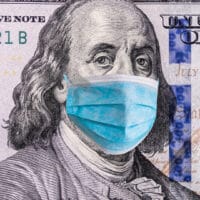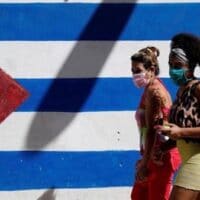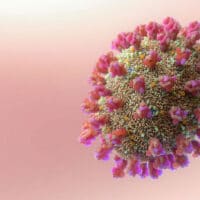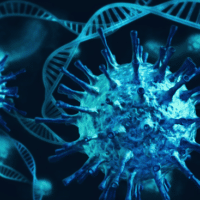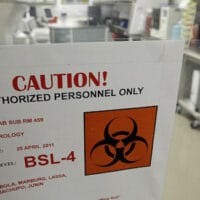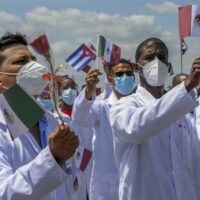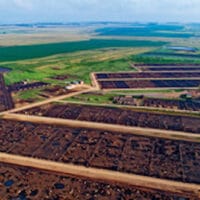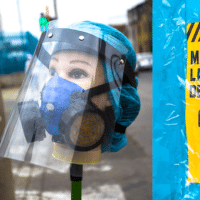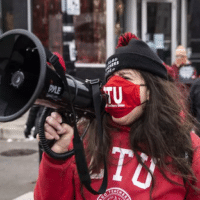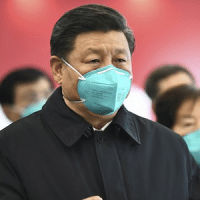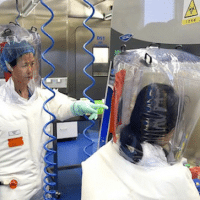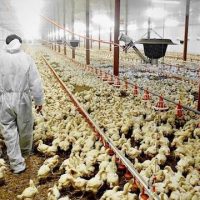-
Institutional COVID denial has killed public health as we knew it. Prepare to lose several centuries of progress.
Public health cannot be individualized. Abandoning collective approaches to disease mitigation is a recipe for disaster.
-
World Health Assembly: The world should be more like Cuba
The world is still suffering from the aftermath of the Covid-19 pandemic. Inflation, supply chain crises, and shortages of medicines and basic goods continue to affect most of the world’s countries, especially those less developed and besieged by the major powers, such as Cuba, but this is not news.
-
Pandemic preparedness on all fronts
The COVID-19 pandemic was a wake-up call to the international health community and world governments.
-
One out of 10 SARS-CoV-2-infected people suffers Long COVID: Study
Long COVID symptoms may include severe fatigue, brain impairment as well as nervous system dysfunction, nausea and shortness of breath.
-
Chinese paper calls for probe of U.S.’ Fort Detrick biolab amid Wuhan Lab COVID-19 origins fracas
Chinese scientists sequenced the genome of SARS-CoV-2 in early January 2020 and by March of that year had “irrefutably” concluded the virus was not of human design. Since then, the goalposts have shifted repeatedly in an attempt to keep laboratory escape a viable theory, despite no evidence to support the continued supposition.
-
A message of love and life from Cuba to Mexico
President Miguel Díaz-Canel Bermúdez notes the impressive work of the third group of medical professionals from the Henry Reeve Contingent returning from Mexico, after joining the COVID-19 battle there.
-
Food Justice files PLANET FARM
As industrial agriculture encroaches into the last wild places of the Earth, it’s unleashing dangerous pathogens. Time to heal the metabolic rift between ecology and economy, suggests Rob Wallace.
-
The class character of the expansion of COVID-19: The case of Peru’s Capital City Lima
At the end of December 2019, the world was notified about the existence of a new coronavirus in the city of Wuhan in China. This virus, SARS-COV-2 (COVID-19), rapidly spread and was declared a pandemic by the World Health Organization (WHO) on 11 March 2020.
-
Covering school reopening, Chicago papers pit unions against parents
As FAIR (12/9/20) has reported, the New York Times has pushed for reopening public schools over teachers union concerns in New York City.
-
No, China didn’t ‘stall’ critical Covid information at outbreak’s start
Now that some time has passed since the beginning of the outbreak, it’s worth revisiting the less-conspiratorial corporate media narrative that the Chinese government maliciously or incompetently delayed the release of critical information early on, thereby causing many unnecessary deaths.
-
Evidence-free ‘lab leak’ speculation boosts Trump’s Xenophobic approach to Coronavirus
Ever since the outbreak of COVID-19 was first detected in Wuhan, China has been the target of relentless hostile and racist media coverage, depicting the country as a uniquely nefarious source of disease (FAIR.org, 3/24/20, 5/7/20).
-
COVID-19, Marxism, and the metabolic rift
The danger doesn’t only come from the symptoms of a virus: it comes from our distorted relationship with the natural world.

